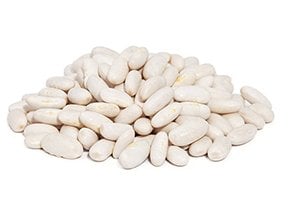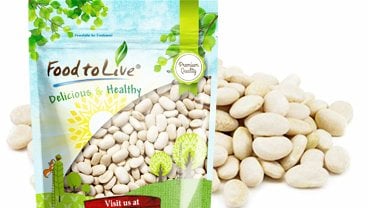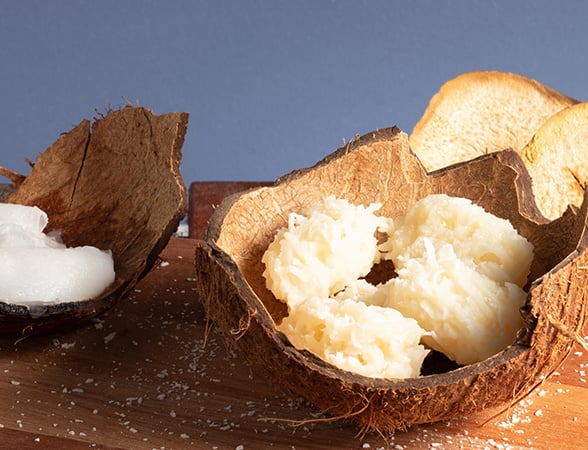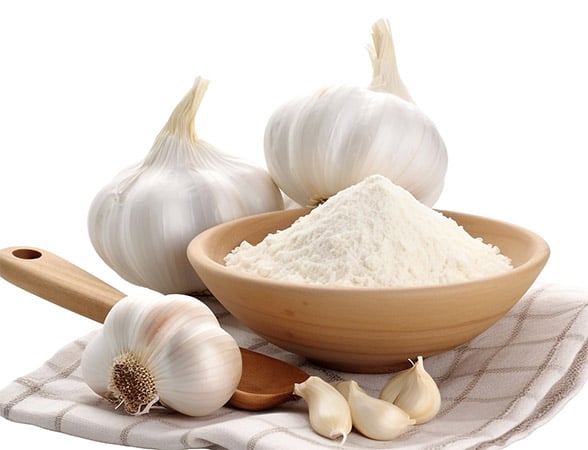July 20, 2019 · Written by Foodtolive Team
Pinto Beans: Benefits, Nutrition, And Uses
The word “pinto” means painted in Spanish, and it’s easy to see how pinto beans got their name. They are beige with splotches of reddish brown that turn pink when cooked.
These beans are packed with nutritional benefits, are inexpensive, and easy to buy in bulk. Additionally, their creamy texture pairs perfectly with many other foods, making them a staple everyone should have in their kitchen. They are the most commonly used bean in both the US and northwestern Mexico.
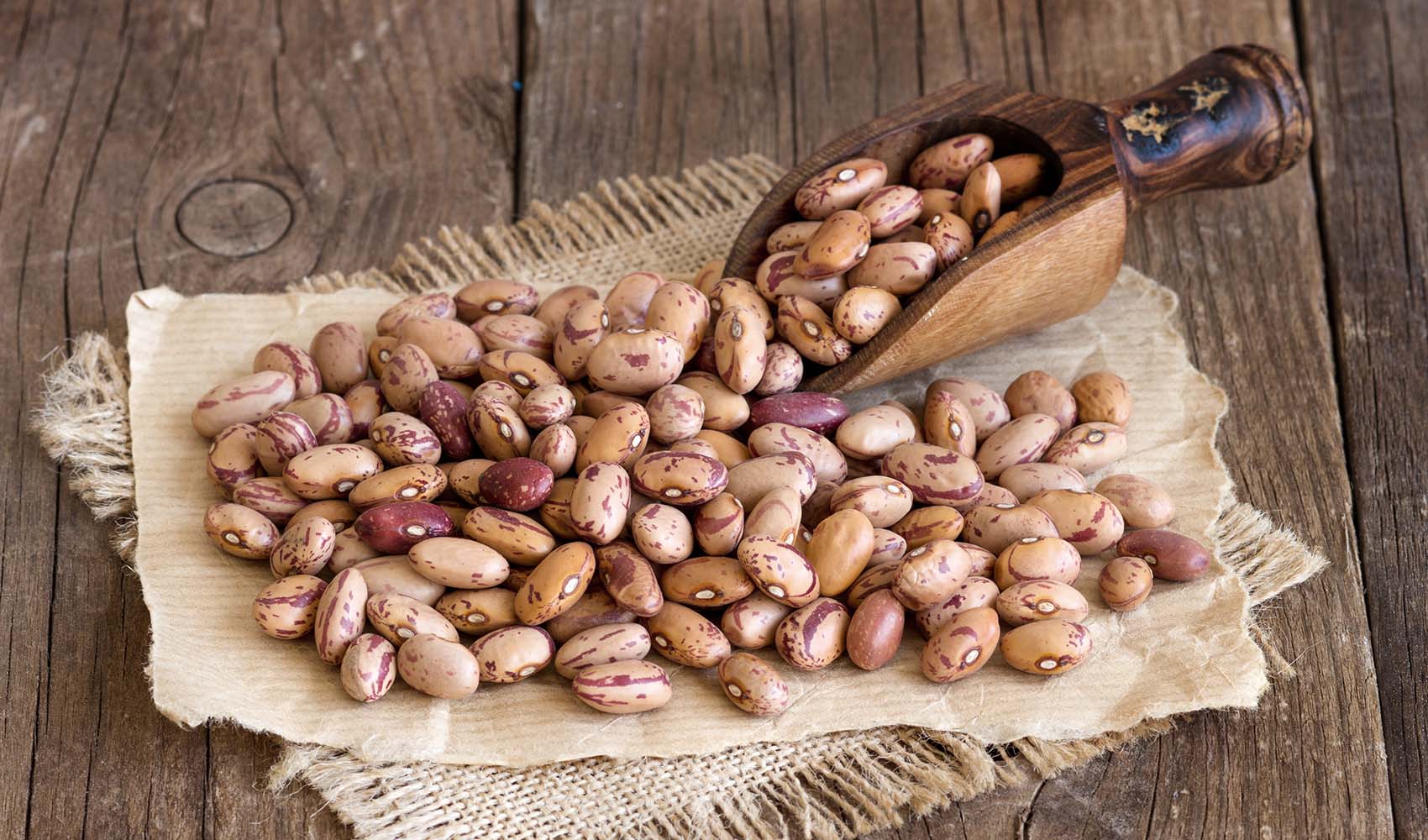
Pinto Beans Amazing Health Benefits
Pinto beans are praised as being “one of the world’s healthiest foods,” and for a good reason. From helping cleanse your body of toxins to maintaining blood pressure, the vitamins and nutrients inside this food offers many benefits.
Here are just a few of the things pinto beans can do for your body:
- Alleviate headaches. Pinto beans contain high amounts of molybdenum. This mineral is shown to help ease the effects of sulfite, which is found in many foods like dried fruit and wine. Sulfites can cause headaches and disorientation, which molybdenum can improve.
- Boost nervous systems. Not only does molybdenum counteract the side effects of sulfite, but it also can promote energy production in cells and nervous system development. Folate regulates amino acids within the nervous system and has been shown to prevent or slow down diseases such as Alzheimer’s and Parkinson’s. Pinto beans also have high levels of amino acids, vitamins, and minerals to optimize brain function.
- Great for pregnancy. The low sodium content and high potassium in pinto beans mean they are one of the best foods to eat during pregnancy. Folate also helps stimulate blood flow, relax blood vessels, and reduce hypertension.
- Improve memory and muscle control. Pinto beans contain lots of choline, a vitamin that is necessary for nerve cells. Choline also helps increase acetylcholine, a neurotransmitter that controls memory and muscles.
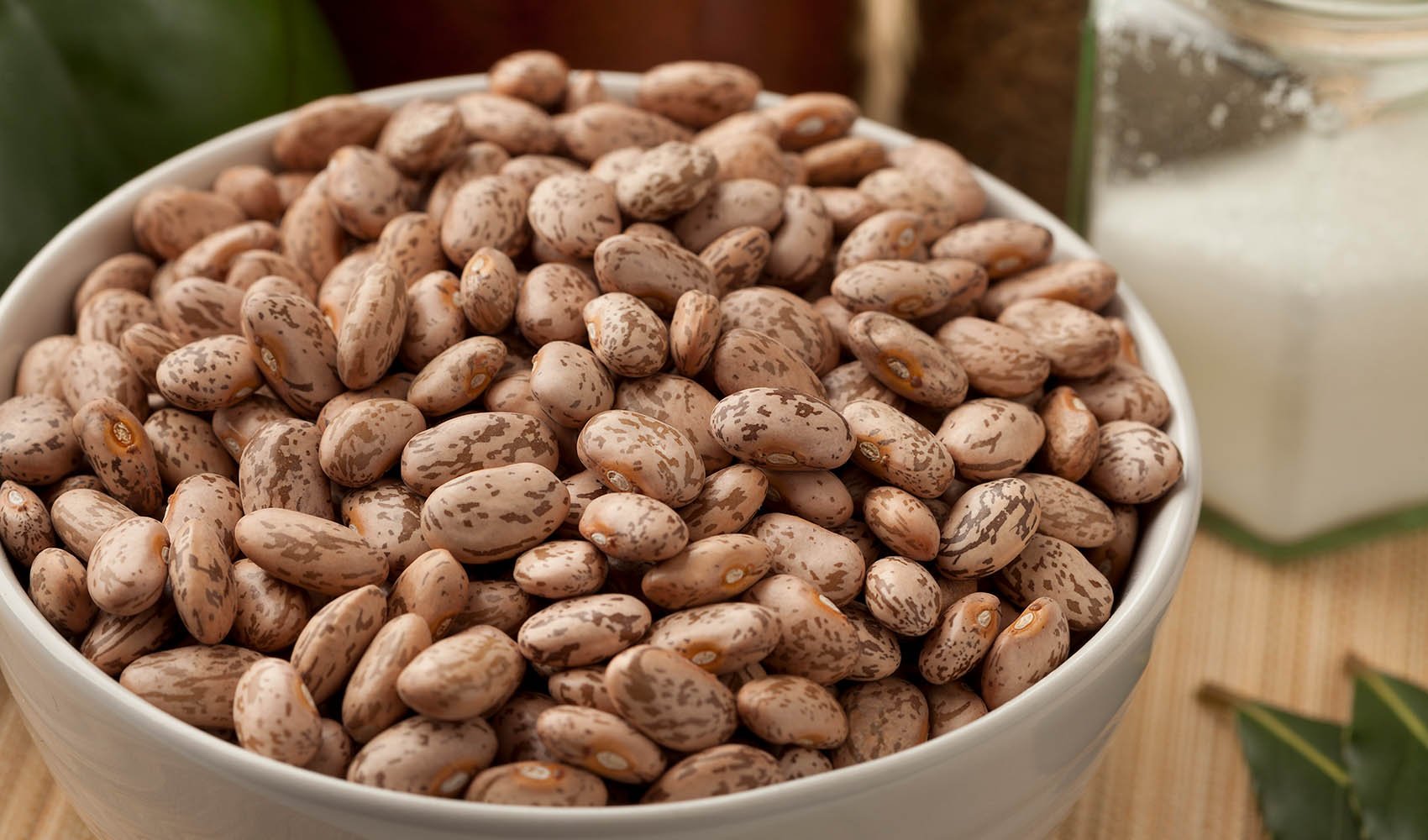
Protein and Carbs in Pinto Beans
One cup of pinto beans generally contains 15 grams of protein and 30 grams of carbohydrates in the form of starch. The carb count might be high, but that shouldn’t deter anyone from incorporating pinto beans into a healthy diet.
Pinto beans also have one of the best ratios of protein, fiber, and carbs. This combination makes for food that promotes feelings of fullness that will last for hours.
While high protein means pinto beans are a go-to ingredient for vegetarians, they still aren’t considered a “complete protein.” To get the most out of eating them, try pinto beans with rice, seeds, or similar foods. Whole grains help to supplement the amino acids that are missing from this food.
How to Cook Pinto Beans
Pinto beans can be made on the stove, turned into refried beans, and more. The most common method to cook pinto beans is soaking them in cold water overnight, then cooking them the next day after draining and rinsing.
For extra flavor, add your choice of spices as the water heats.
Enjoy these beans with rice, in chili, in stews, grain salads, and more. When it comes to pinto beans, the possibilities are endless.
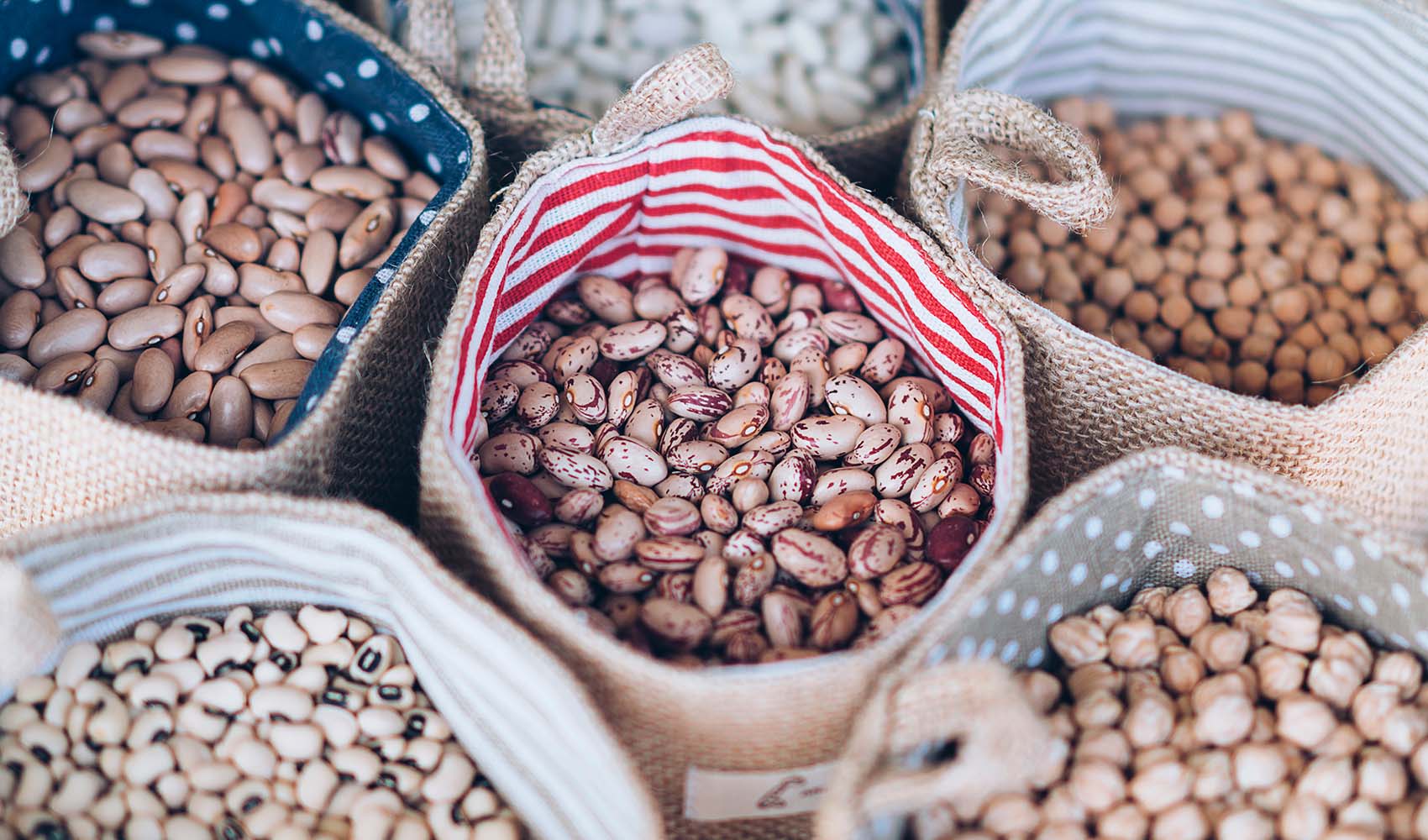
Is It Necessary to Soak Pinto Beans Before Cooking?
The short answer is no. However, soaking any bean before cooking gets rid of sugars that can cause digestion issues and cuts down on cooking time. If you forget to soak your beans the night before, though, don’t worry. You can still use them regardless if they’ve been soaked.
There are two ways to soak pinto beans:
- Regular soak. Pour beans in a large bowl and cover with 2 to 3 inches of cold water. Leave overnight at room temperature and drain the next day. If the temperature in your kitchen is too warm, the beans may ferment.
- Quick soak. Place the beans in a large pot and cover with 2 to 3 inches of cold water. Boil for 2 to 3 minutes, then remove the pot from the burner and leave for one hour, then drain.
Not soaking beans isn’t detrimental. This process is mainly to prevent some of the common gastrointestinal problems that legumes are known to cause. If you find yourself in a jam, a thorough rinse will do the trick.


